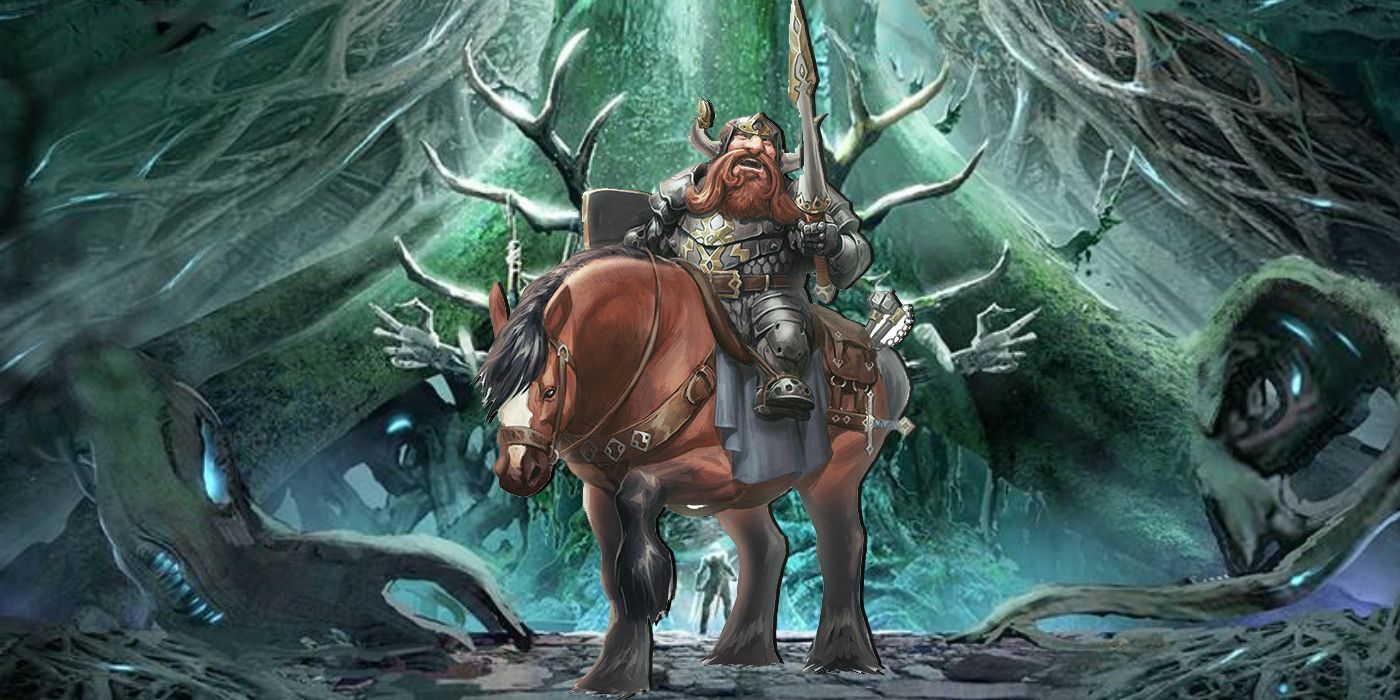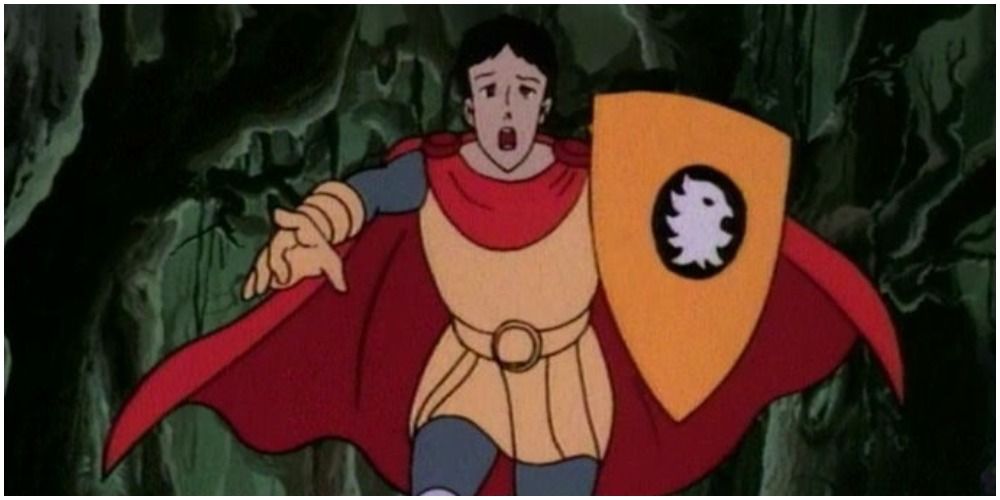Cavaliers are the best mounted combatants in Dungeons & Dragons, as many of their abilities are tied to fighting as one with the beast that carries them into danger. The Cavalier dates back to the first edition of the game, but few of them lasted for long, as the class was practically unplayable at the time.
In the current edition of D&D, Cavaliers are a Fighter subclass which players can choose at level three. Cavaliers mostly come from high society, and have been trained to fight from horseback while wearing a suit of heavy armor. The Cavalier's class abilities involve avoiding damage when being dismounted, marking enemies to weaken them when they target the player's allies, and crushing enemies during a charge. Not all players are willing to commit to a mount-based hero, as it can be a pain to navigate a massive horse or griffon through a dungeon, but having that extra ally can tip the balance on the battlefield.
The Cavalier made its first rulebook appearance in the original Unearthed Arcana, where it came loaded with all kinds of useful abilities. The original Cavalier could function at negative hit points, were immune to fear, and gained the natural ability to handle flying mounts at higher levels. The only problem was that the Cavalier was one of the worst classes in D&D, thanks to an overwhelmingly harsh restriction related to their behavior.
The Unstoppable Charge of D&D Cavaliers
The reason why Cavaliers were unplayable was due to their strict code of battle. According to Unearthed Arcana, the Cavalier cannot be controlled in battle in the conventional sense. They will charge at the nastiest looking monster on the field, regardless of how viable their survival is. The attack of opportunity rules also meant that the Cavalier was liable to be whacked a bunch of times on the way to their foe, assuming there were multiple enemies on the field. There is a tier list of creatures that the Cavalier will attack first, with dragons, demons, devils, and enemy leaders sitting in the top spot. If a mighty Prismatic Dragon takes the field, then the Cavalier has to charge to their doom.
D&D players will have to rely on a number of different approaches to battle across the length of a campaign. Not all fights will involve two sides meeting in broad daylight on an open field. There will be surprise attacks, defending static positions, battles on boats, a struggle at the edge of a cliff, and clashes in the sky. The party has to be ready to switch its tactics on a dime, as they never know when the DM will start their wicked laugh and pull a big mini out of their bag. A Dungeons & Dragons class that can only ever charge at the biggest monster on the field isn't going to last very long. Then again, there are some D&D players who would relish that kind of destructive playstyle.


